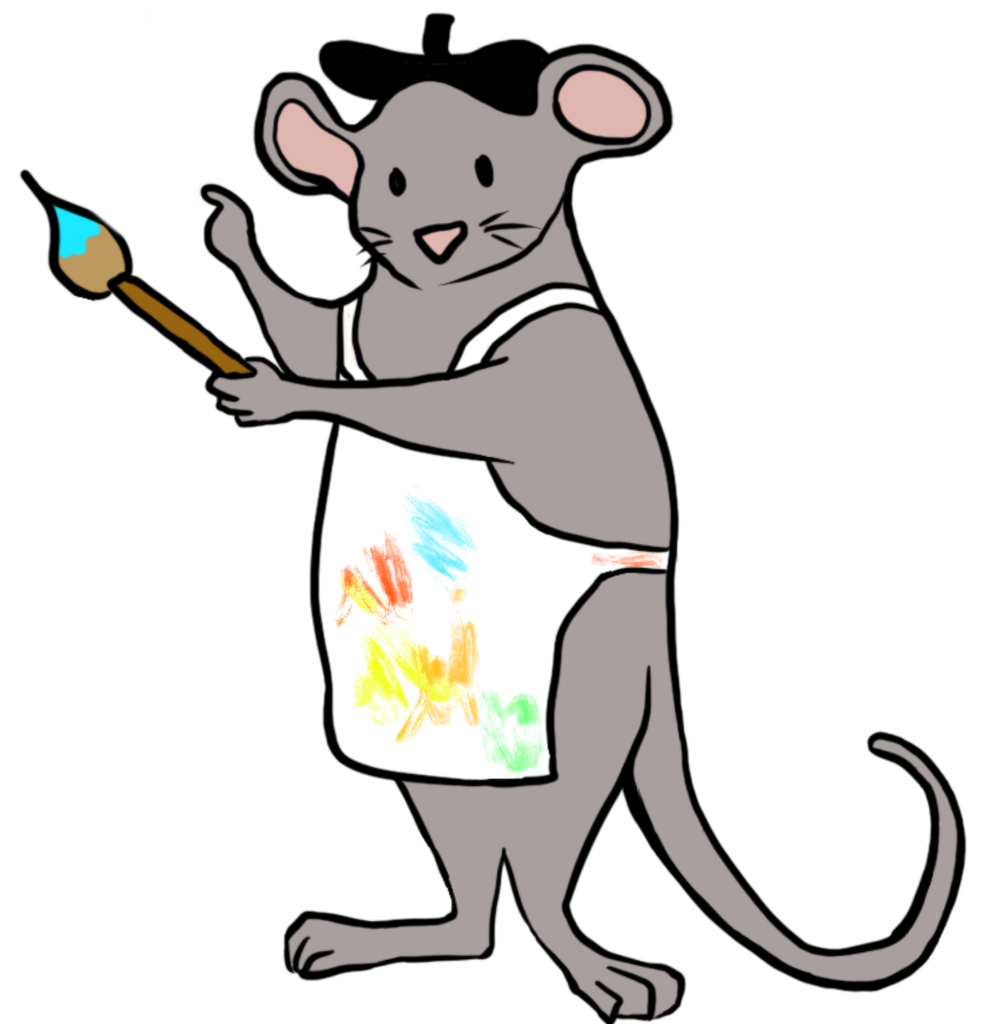Part 3: The Medium
3.4 The Pitch
Learning Objectives
- To understand the purpose and value of the pitch.
- To be able to describe the characteristics of a good pitch.

A pitch is basically any communication in which you are trying to convince someone to do something in a short amount of time. As such, the art of the pitch is probably one of the most important things that anyone in any field can learn to do.
The key to a good pitch is a combination of concision and persuasion. You need to get your point across as convincingly as possible and in as few words as possible. In other words, you need to make your point before your audience gets bored and starts checking their phone or thinking about what they are going to eat for supper.
The ultimate demonstration of pitch mastery is the elevator pitch. This term was coined in Hollywood and was used by aspiring filmmakers to convince producers to take on their projects. During the producer’s elevator ride to their upper floor office, the filmmaker would jump in and try to sell their film. Even in other domains, the very best pitches tend to be those where an idea has been distilled down into a few words. However, you can use the same theory or approach for developing a more long-form pitch too.
At its core, the pitch has two purposes. Firstly, it is a way to make sure you have a good, solid idea. If you cannot succinctly pitch your message, then it is probably not a very good message.
Secondly, it should stop people in their tracks. It should excite them, surprise them, inspire them, or whatever it takes to sell them. This means that you need to provide enough information for the audience to understand the message without getting bogged down in too much detail. It is the ultimate combination of style and substance.“Poor communicators are able to say the same basic thing as good communicators – they just need a lot more time and space in which to do it, which ends up boring everyone.” – Randy Olson
There are a number of ways to make a good pitch; however, the key take-away from this section is the importance of concision. This is very different from simplification or ‘dumbing down’. It is actually the opposite – you need to convey a great deal of complex information using a few words or images. This is why making a good pitch is the hardest thing for any communicator to master.

Key Takeaways
To craft the perfect pitch:
- Be concise
- Be clear and specific
- Be compelling
- Be confident
Sample Student Pitches
Pitch for dietitians of Canada to have their patients screened for nutrient deficiencies resulting from a gluten-free diet by Yinghong (Amy) Wu
Pitch for #endthelockdown teen COVID 19 mask challenge by Ryan Kichuk
Pitch script for a communication plan to convince parents it is save to take their children to the BC Children’s Hospital ER during COVID 19 by Taneille Johnson
Pitch script to have reserved seating on public transit for people with invisible disabilities by Anonymous
Media Attributions
- Elevator pitch © Iconathon is licensed under a Public Domain license

